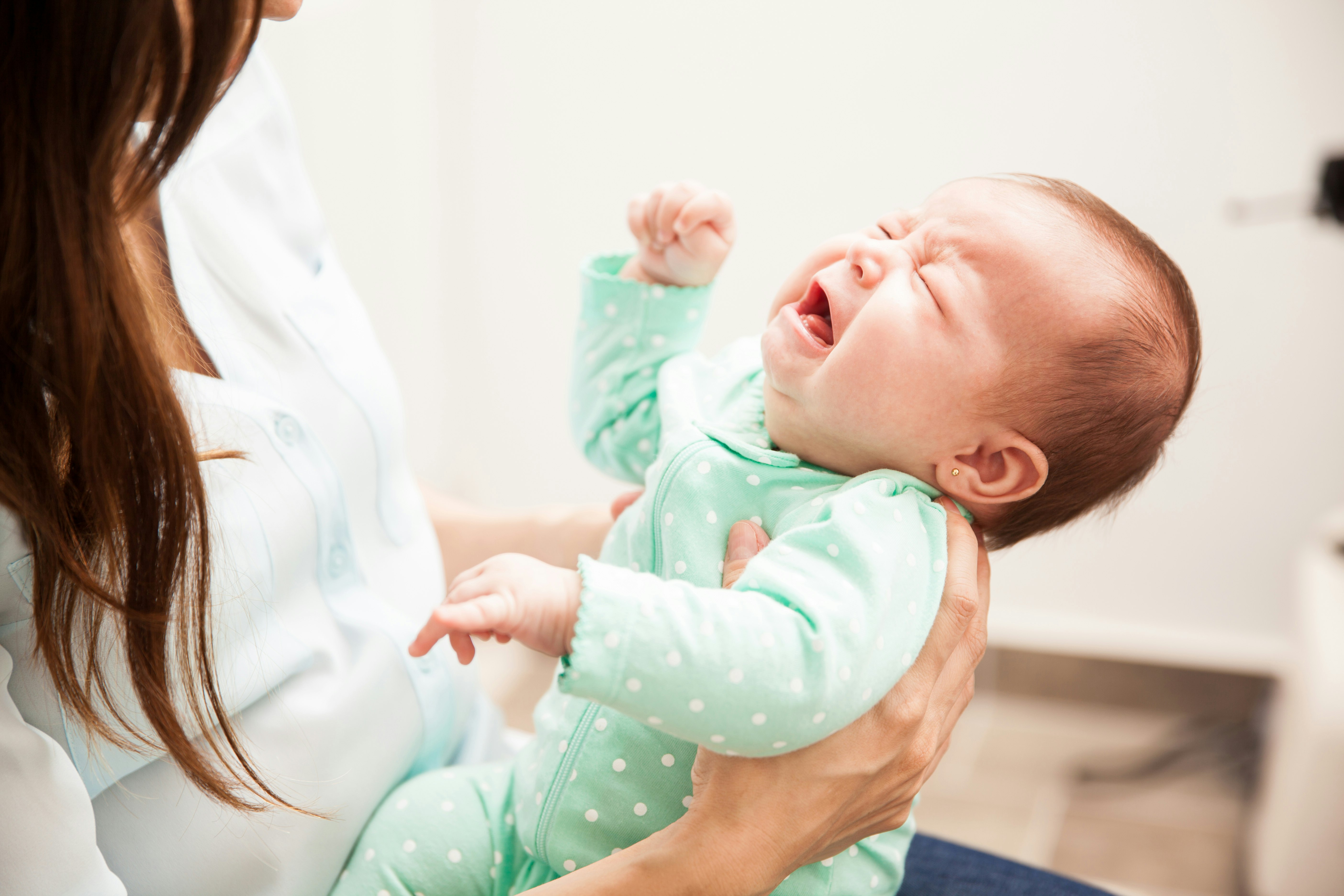Spina Bifida – what is it?
Last updated

Spina bifida is a common type of neural tube defect affecting 5,000 Australians. About 150 babies with spina bifida are born in Australia every year.
Key points
- Spina bifida is a condition that begins in the womb and can have lifelong effects
- There are three types of spina bifida with varying degrees of seriousness
- People with spina bifida may have a range of different support needs
The condition occurs when the tissue surrounding the developing spinal cord of a foetus, known as the neural tube, doesn’t close properly.
There are three types of spina bifida:
Myelomeningocele – this is the most severe form of spina bifida and occurs when the spinal canal is open and part of the spinal cord or nerves push through the opening in a sac of fluid on the baby’s back. The exposed tissue and nerves could be covered in spinal membranes, having this exposed brings the risk of life-threatening infections and can cause paralysis or other physical disabilities.
Meningocele – this is the rarest form of spina bifida and occurs when a sac of spinal fluid pushes through the gap between vertebrae bones in the spine, but the sac does not have any nerves or parts of the spinal cord in it. As the nerves aren’t affected, there is usually no damage to the spinal cord, but some children born with this condition may still have bladder and bowel issues in particular.
Spina bifida occulta – this is the most mild and common type of the condition and usually shows as a small space or gap in one or more vertebrae bones in the spine, but without a sac of fluid appearing on the baby’s back. People with spina bifida occulta may not know they have it, as ‘occulta’ means ‘hidden’ and this form is generally discovered if a person has scans of their spine done for other reasons, such as an injury.
Spina bifida can cause a number of effects, including:
- Reduced sensation in the lower body, legs and feet, leading to the possibility of burns and pressure sores
- A degree of paralysis of the lower body and legs, causing walking difficulties or the inability to walk
- Other mobility affecting problems – like dislocation of the hip or muscle contractures
- Different degrees and types of urinary and/or bowel incontinence
- Some sexual dysfunction, particularly related to penile erection and ejaculation
- Different formations of the spine – commonly scoliosis, where the spine bends into an ‘S’ shape
- Cord tethering – the spinal cord sticks to the area of the original lesion and becomes stretched
- Arnold Chiari malformation – an abnormality of the back of the brain and upper spinal cord which can cause disturbance of breathing, swallowing, eye movement and fluid flow, leading to hydrocephalus (excess fluid in the brain)
- Meningitis – infection in the tissue surrounding the brain
- Learning difficulties
Causes of Spina Bifida
The specific cause of spina bifida is not known but genetic and environmental factors can increase the chance of development.
To reduce the risk of having a child with spina bifida, women are encouraged to ensure they are getting enough folate – leafy greens, broccoli or carrots – in their diet or to take a supplement one month before conception and for the first three months of pregnancy.
An ultrasound scan and blood test at week 12 of pregnancy or the morphology scan at week 19 to 20 of pregnancy may diagnose a foetus with spina bifida.
Treatment
There is no cure for spina bifida, however, treatment may involve surgery depending on the severity of the condition, and in some cases, foetal surgery may be possible before 26 weeks of pregnancy to repair the baby’s spinal cord.
After a baby is born with spina bifida any surgery to repair the spinal cord and the fluid sac on the baby’s back needs to be done in the first 48 to 72 hours to reduce the risk of infection and the possibility of further spinal cord damage.
Available supports
As the condition can often be diagnosed before or soon after a baby is born, early intervention supports are available to help children with spina bifida and their family to develop to their full potential.
Read more about supports for children in our article, ‘Early intervention under the NDIS‘.
If the effects of spina bifida continue throughout a person’s life they may be eligible for support under the National Disability Insurance Scheme (NDIS).
As the NDIS is set up to focus on how a person’s life is impacted and not their diagnosis, supports are arranged to suit what individuals need and can be tailored to all the different types of supports a person with spina bifida may need.
Related content:
What to look for in early intervention supports
Am I eligible for the NDIS?
Preparing for your ECEI meeting